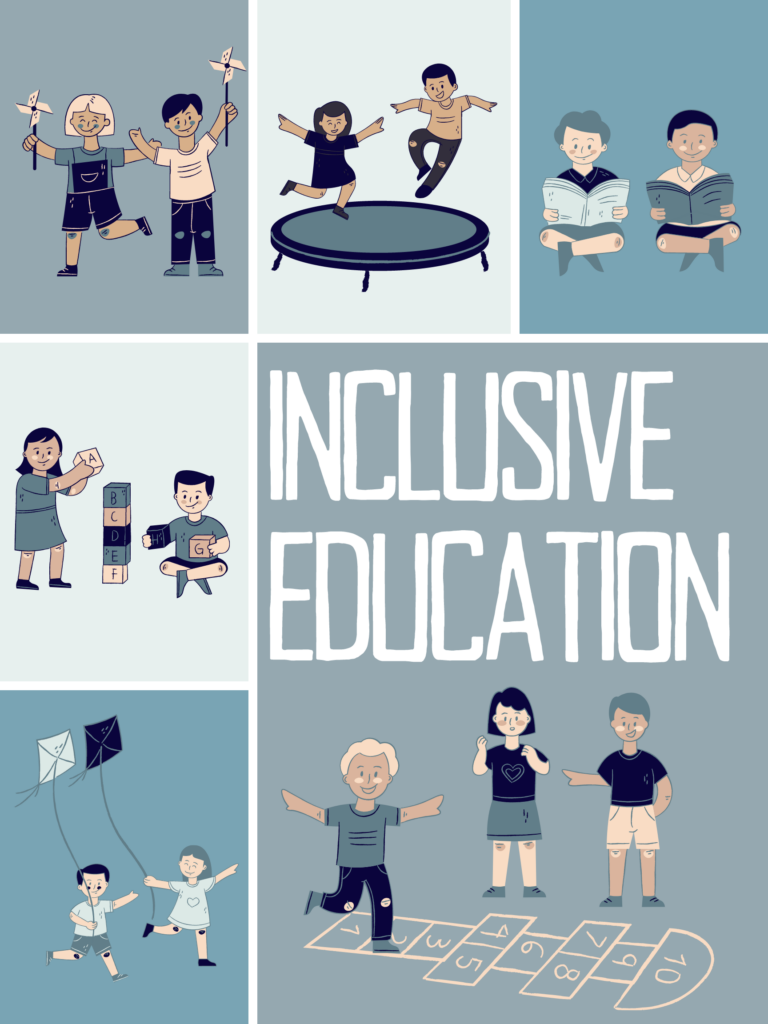
In EDUC 336, I learned that Inclusion requires teachers to closely observe each student for the purpose of identifying and adapting to students with exceptionalities. The course taught me that a teacher is not alone in adapting to the needs of a student. Collaborative support networks are made up of teachers, administrators, counsellors, resource room teachers, parents, EAs, and other teachers. Although identifying and adapting to exceptionalities is a large task for a teacher, there are clear pathways to helping students achieve their educational goals. I think my learning can be effectively shown by applying it to a fictional case study where I adapt to the needs of an exceptional student.
The ADAPT strategy outlines how to adapt a lesson to meet the needs of a student who has exceptional qualities. For example, if I had a student with academic strengths in respect to her independent reading of reference books, ability to write pages, and ability to responsibly and usefully search the internet, I would notice that the student was visibly bored in class. I would pay close attention to the student’s behaviour and previous assessments. For instance, I would consult the student’s IEP to develop a plan. At this point, I might consult with the Resource Teacher. The plan might consist of exercises that meet the student’s level of reading, writing, and online research. The ADAPT strategy focuses on the student’s strengths to build confidence. Also, I would consider the social, emotional, and behavioural demands of the classroom: specifically, I would consider the academic demands of the classroom in respect to the instructional materials as well as the manipulative devices. Am I taking time away from other students? Am I altering the curriculum to meet the needs of the exceptional student? When considering manipulative devices, I might challenge the student to research the human and physical geography of a location (not only the historical facts that are required of all students in the class), and thus enrich her study. Also, I would ask her to work closely with the group focussing on the location adjacent to hers. I would give the student the opportunity to practice discussing ideas, and her groupmates get an opportunity to enrich their research. I might also provide the student with additional readings that she could use to enrich her report. I would assess the learning by observing her discussions with her group(s). I would write an assessment of the student’s writing. In this way, I would enable the student to show the class what she knows and thus build her confidence through an improved connection to me and her classmates, plus I would give her a written assessment acknowledging her strengths. I would next reflect critically on the adaptation. I would ask myself how the adaptation is making the student feel. I would carefully observe the student’s disposition as well as her learning. Also, I would ask if the adaptation was having an effect on the class. If it appears that the student offered the group working useful ideas, I would continue with the adaptation monitoring the student as well as her family’s reaction to the adaptation. I would remain open to offering the student alternative adaptations, especially if she shows signs of boredom.
Inclusion refers to the Canadian commitment to fully integrate people of disabilities into society, and in context to education, it refers to the commitment to fully welcome all learners and to offer differentiated teaching approaches that address the needs of all learners. As a teacher, this means that I need to be highly observant and adaptable. It also means that I need to be willing to work hard on behalf of each student.
A few links to start with or refer to:
What is Inclusive Education? – from Inclusive Education Canada
https://inclusiveeducation.ca/about/what-is-ie/
What is Inclusive Education? – From Inclusion BC
https://inclusionbc.org/our-resources/what-is-inclusive-education/
Inclusive Education Resources – BC Ministry of Education
https://www2.gov.bc.ca/gov/content/education-training/k-12/teach/teaching-tools/inclusive-education
Special Education Policy Manual PDF – BC Ministry of Education
https://www2.gov.bc.ca/gov/content/education-training/k-12/teach/teaching-tools/inclusive-education
Teachers of Inclusive Education (TIE) – British Columbia
http://www.tiebc.com/
SOGI 123 – British Columbia
https://bc.sogieducation.org/